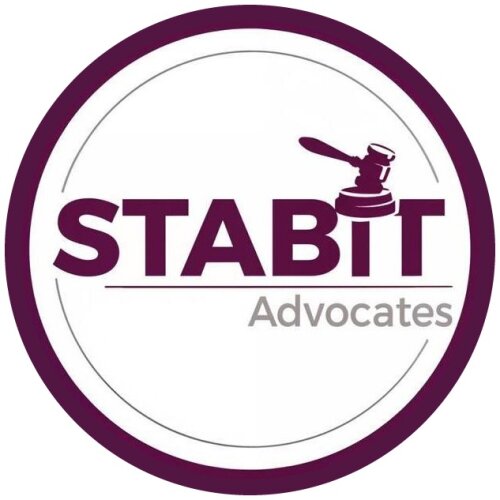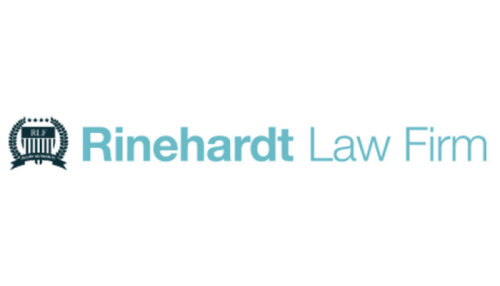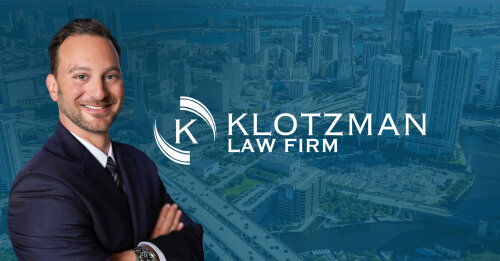Best Dangerous Product Lawyers in New York
Share your needs with us, get contacted by law firms.
Free. Takes 2 min.
Or refine your search by selecting a city:
List of the best lawyers in New York, United States
About Dangerous Product Law in New York, United States
Dangerous product law, also known as product liability law, addresses cases in which individuals are injured or suffer damages due to unsafe or defective products. In New York, these laws are designed to protect consumers from manufacturers, distributors, or retailers who place unsafe products into the market. If a product causes harm due to a design flaw, manufacturing defect, or inadequate warning, the injured party may have grounds to pursue legal action. The law applies to a wide variety of products, including appliances, vehicles, toys, medications, medical devices, and more.
Why You May Need a Lawyer
Navigating a dangerous product claim can be complex. You may need a lawyer if you have suffered injuries, illness, or property damage due to a product that did not function as intended or lacked proper warnings. Common situations include defective medical devices, contaminated food products, malfunctioning household appliances, automotive part failures, and hazardous children’s toys. A lawyer can help you determine if you have a valid claim, gather necessary evidence, communicate with manufacturers or insurers, and seek compensation for medical expenses, lost wages, and pain and suffering.
Local Laws Overview
New York product liability law encompasses three main legal theories: design defects, manufacturing defects, and failure to warn. Courts apply both strict liability and negligence standards. Under strict liability, a manufacturer or seller may be responsible for harm caused by a defective product regardless of whether they were actually negligent. However, claimants must prove that the product was defective, that the defect caused the injury, and that the product was being used as intended. New York also recognizes comparative negligence, meaning your compensation could be reduced if you are found partly responsible. Claims generally must be filed within three years from the date of injury as set by New York’s statute of limitations for personal injury.
Frequently Asked Questions
What qualifies as a dangerous product in New York?
A dangerous product is any item that causes injury or damage due to a defect in design, manufacturing, or inadequate instructions and warnings. This includes food, medical devices, vehicles, toys, and many other consumer products.
Who can be held liable for a dangerous product?
Liability can fall to the product's manufacturer, distributor, supplier, or retailer. Anyone in the chain of distribution may be held responsible if the product is found to be defective.
How long do I have to file a lawsuit for a dangerous product in New York?
You generally have three years from the date of injury to file a product liability lawsuit in New York. Certain circumstances might affect this timeframe, so consult a lawyer promptly.
What do I need to prove in a product liability case?
You must show the product was defective, the defect caused your injury, and you were using the product as intended or in a reasonably foreseeable way.
What damages can I recover in a dangerous product case?
You may recover compensation for medical bills, lost wages, pain and suffering, property damage, and in rare cases, punitive damages if the defendant’s conduct was especially reckless.
Do I have to show the manufacturer was negligent?
No. In strict liability cases, you only need to prove the product was defective and caused your injury, not that the manufacturer was negligent.
What if I was partly at fault?
New York follows comparative negligence rules. If you share some responsibility, your compensation is reduced by your percentage of fault.
Are recalls necessary for a product liability claim?
No. A product does not need to be officially recalled for you to have a valid claim. Evidence of the defect and harm is what matters.
Can I file a claim if I did not purchase the product?
Yes. Even if you were not the purchaser, if you were injured by the product you may still have a claim.
What should I do if I have been injured by a dangerous product?
Seek medical attention immediately, preserve the product and packaging as evidence, document your injuries, and consult an experienced product liability lawyer as soon as possible.
Additional Resources
- New York State Attorney General - Consumer Protection Bureau - United States Consumer Product Safety Commission (CPSC) - New York City Department of Consumer and Worker Protection - Legal Aid Society of New York and other local legal assistance organizations - Local bar associations for lawyer referrals
Next Steps
If you believe you have been harmed by a dangerous or defective product in New York, take these steps:
1. Obtain medical treatment for your injuries. 2. Keep the product, packaging, receipts, and any related items as evidence. 3. Take photos or document your injuries and the circumstances of the incident. 4. Write down your recollection of what happened while it is fresh in your memory. 5. Avoid discussing your incident or injuries with manufacturers or insurance adjusters before consulting an attorney. 6. Contact a lawyer who specializes in product liability cases for a case evaluation and legal advice.
A qualified attorney will guide you through the process, help you understand your rights, and work to secure the compensation you may be entitled to under New York law.
Lawzana helps you find the best lawyers and law firms in New York through a curated and pre-screened list of qualified legal professionals. Our platform offers rankings and detailed profiles of attorneys and law firms, allowing you to compare based on practice areas, including Dangerous Product, experience, and client feedback.
Each profile includes a description of the firm's areas of practice, client reviews, team members and partners, year of establishment, spoken languages, office locations, contact information, social media presence, and any published articles or resources. Most firms on our platform speak English and are experienced in both local and international legal matters.
Get a quote from top-rated law firms in New York, United States — quickly, securely, and without unnecessary hassle.
Disclaimer:
The information provided on this page is for general informational purposes only and does not constitute legal advice. While we strive to ensure the accuracy and relevance of the content, legal information may change over time, and interpretations of the law can vary. You should always consult with a qualified legal professional for advice specific to your situation.
We disclaim all liability for actions taken or not taken based on the content of this page. If you believe any information is incorrect or outdated, please contact us, and we will review and update it where appropriate.
Browse dangerous product law firms by city in New York
Refine your search by selecting a city.

















